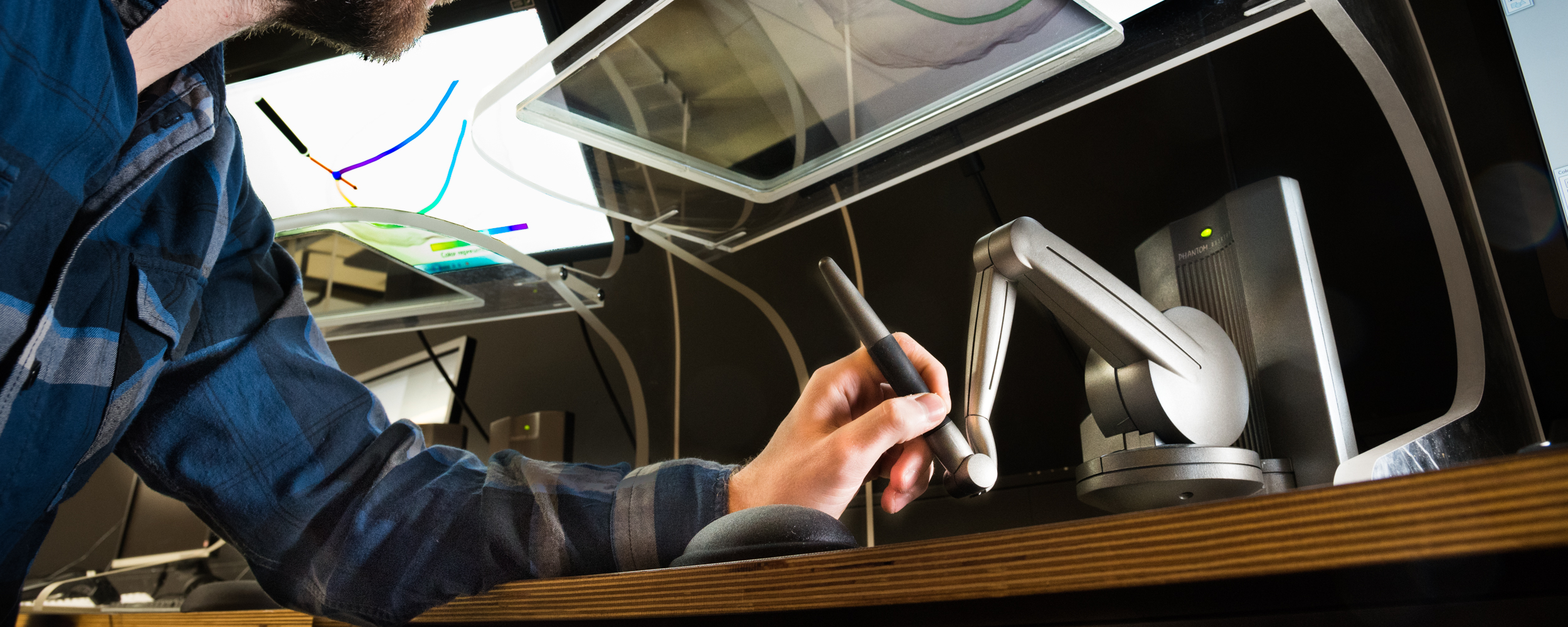The group activities range from basic research questions to effective solution of visualization problems originating from diverse application areas. This is developing novel analysis, visualization and exploration techniques for a better understanding and communication of large data.
The applications include fluid-flow simulations, molecular dynamics, digital pathology, material sciences, astronomy, space missions and many medical topics. We develop methods for rendering, analysis and exploration of complex data including scalar, vector and tensor fields.
The research builds on ideas and methods from different areas of computer sciences and mathematics, such as computer graphics, computer vision, dynamical systems, computational geometry, and combinatorial topology.
Research areas
- Molecular visualization
- Visualization in medicine
- Interactive volume rendering
- Digital Pathology
- Astronomy visualization
- OpenSpace: Visualization of space missions
- Flow visualization in engineering and medicine
- Topological methods for data analysis
- Tensor field visualization
- Software Inviwo – an extensible, multi-purpose visualization framework

















